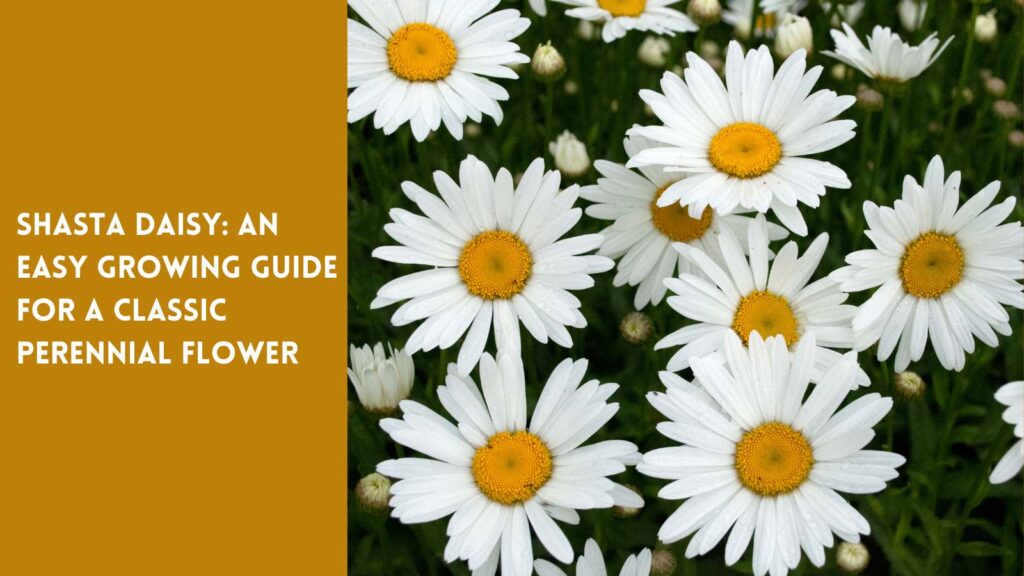Last Updated on: 27th January 2025, 06:57 am
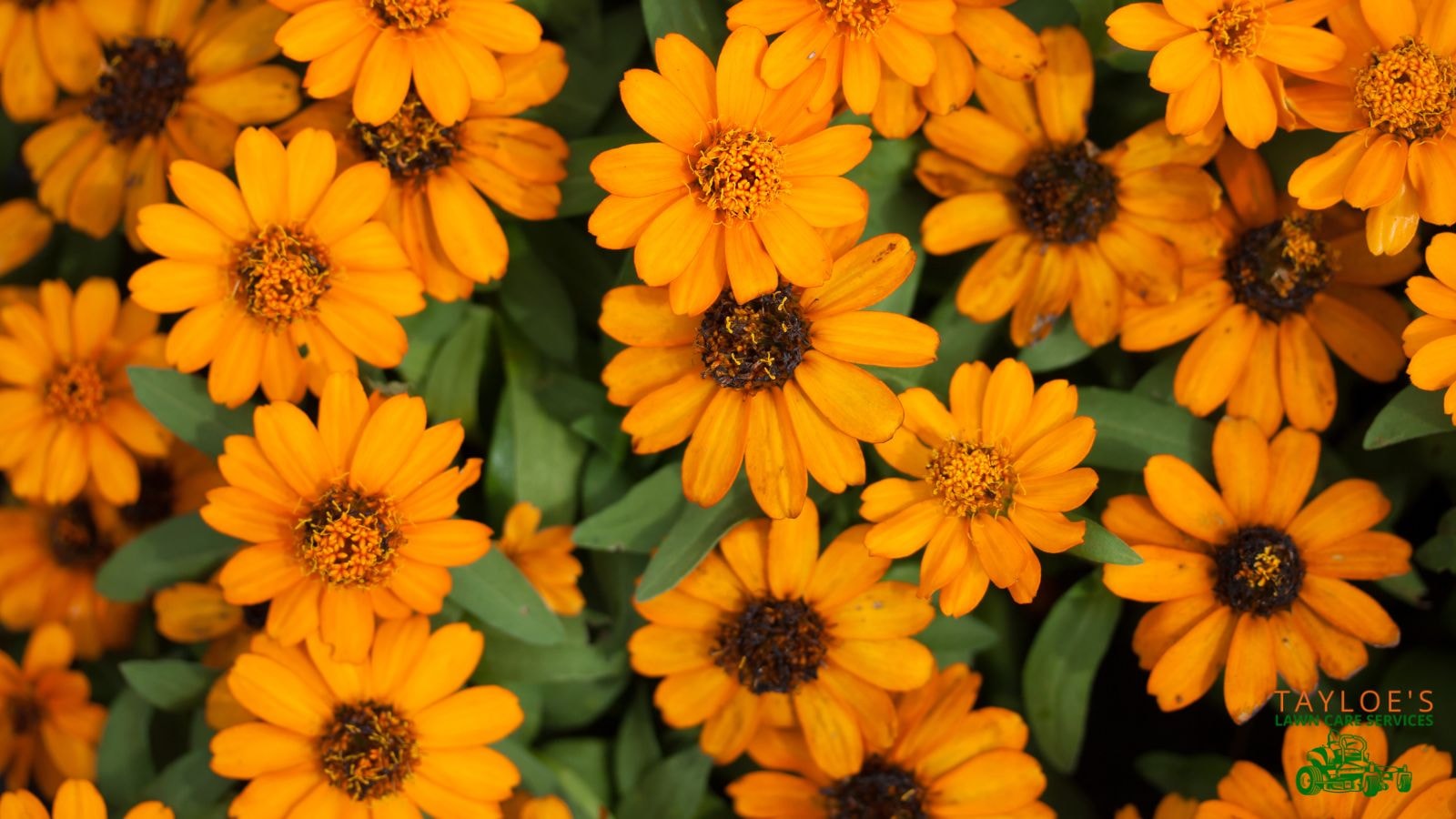
Pot marigolds give the garden a long season of orange and yellow blooms.
Pot marigold, also known as Calendula officinalis, is a delightful addition to any garden, offering a long season of bright orange and yellow blooms. This vibrant plant brings both beauty to your garden and versatility in its uses, ranging from culinary applications to natural remedies.
But what exactly is pot marigold, and what makes it so special?
Understanding Calendula officinalis
Calendula officinalis, commonly known as pot marigold, common marigold, or Scotch marigold, is an annual or short-lived perennial herb in the daisy family (Asteraceae). Originating from southern Europe and the Eastern Mediterranean, this resilient plant has been valued for centuries for its versatility in culinary and medicinal practices.
As a medicinal herb, pot marigold was traditionally used to treat minor skin irritations, cuts, and wounds, thanks to its anti-inflammatory and antimicrobial properties. Due to their bright color and affordability, calendula’s vibrant yellow and orange flowers were prized in cooking as a cost-effective substitute for saffron. Calendula is still appreciated today for its visual appeal.
Other Uses of Calendula officinalis
Beyond its traditional applications, pot marigold has become a key ingredient in modern skincare. Extracts from the flowers are extensively used in skincare products for their soothing and moisturizing properties, effectively relieving sensitive or irritated skin.
Characteristics of Calendula officinalis
Calendula officinalis, known for its cheerful yellow and orange flowers, features simple, alternate leaves and angular, branching stems that can reach up to two feet in height.
The flower heads are composed of both ray flowers and a central cluster of disc florets, creating a dense and vibrant appearance. The petals can range from a deep yellow-orange to a soft cream, with some varieties featuring striking black centers or unique quilled petals.
The plant grows to about two feet tall and spreads roughly a foot wide, making it ideal for cut flower gardens and as a companion plant in vegetable gardens. Its profuse blooming habit allows it to remain vibrant from early summer until the first heavy frost, contributing to its popularity among gardeners who desire cheery flowers throughout the season.
Ideal Calendula Growing Conditions
Calendula plant thrives in full sun to partial shade and demands well-drained soil. While it can adapt to poorer soils, it reaches its peak performance in fertile, slightly acidic to neutral soil with a pH of 6.0 to 7.0.
The plant is well-suited to temperate climates, where it performs best in cooler weather, particularly when temperatures range between 60°F and 70°F. However, it can endure intense heat and tolerate light frost, making it a versatile choice for various gardening zones.
How to Plant Calendula
To grow pot marigold successfully, plant calendula seeds directly in your garden or containers after the last frost date.
For an earlier bloom, start the seeds indoors 6-8 weeks before the last frost and transplant once the soil warms up. Space the young plants 8-12 inches apart, with rows set 18 inches apart, to ensure ample room for air circulation and growth.
If you’re growing pot marigold in containers, use a well-draining organic potting mix or a combination of half garden soil and half compost to foster healthy root development.
Calendula officinalis Care
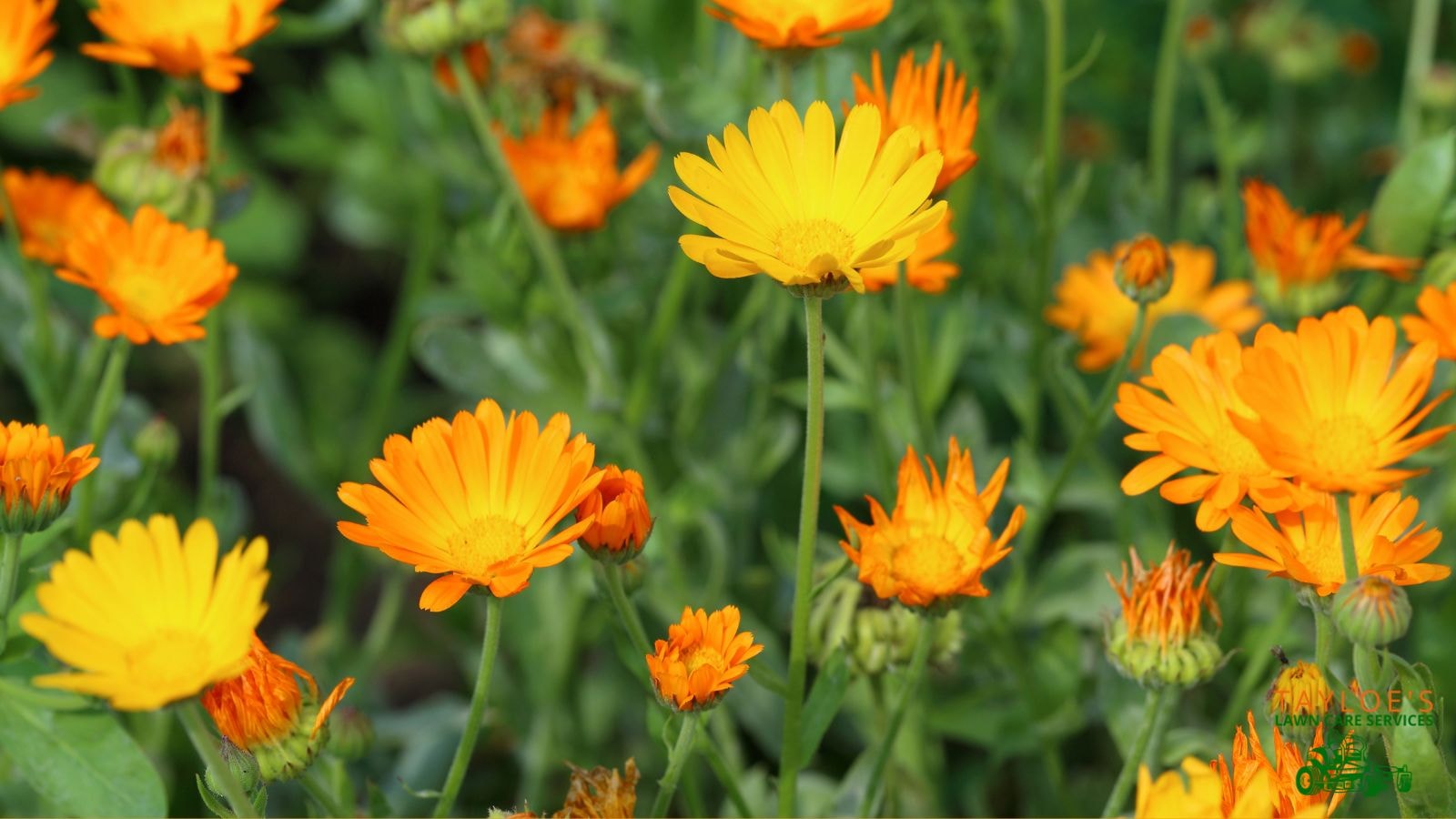
Watering
Water regularly until the plants are well-established. As calendula plants mature, they become quite hardy and require only occasional watering, especially if planted in well-drained soil.
Consistently keep the soil moist but avoid waterlogging, as this can lead to root rot. During hot, dry spells, increase watering to keep the plants healthy and vigorous.
Pruning
Regularly pinch back the stem tips to encourage compact, bushy growth and prevent “legginess.”
Deadhead spent flowers for a continuous display of charming yellow, ray, creamy white, and orange flowers and generally promotes additional blooming, keeping the plants vibrant throughout the growing season.
Regular pruning is particularly beneficial if you enjoy using pot marigold as cut flowers in floral arrangements. The more you prune, the more blooms you’ll have available to brighten your garden and home.
Fertilizing
Mature plants thrive without the need for fertilization. However, a light application of balanced fertilizer in early spring can provide a boost, especially in nutrient-poor soils.
Pest and Disease Management
Although pot marigold is relatively resistant to pests and diseases, it can occasionally be affected by powdery mildew. To mitigate this, ensure good air circulation around your blooming plants and avoid overhead watering.
Popular Varieties of Calendula officinalis
Calendula boasts numerous cultivars, with the most popular varieties including:
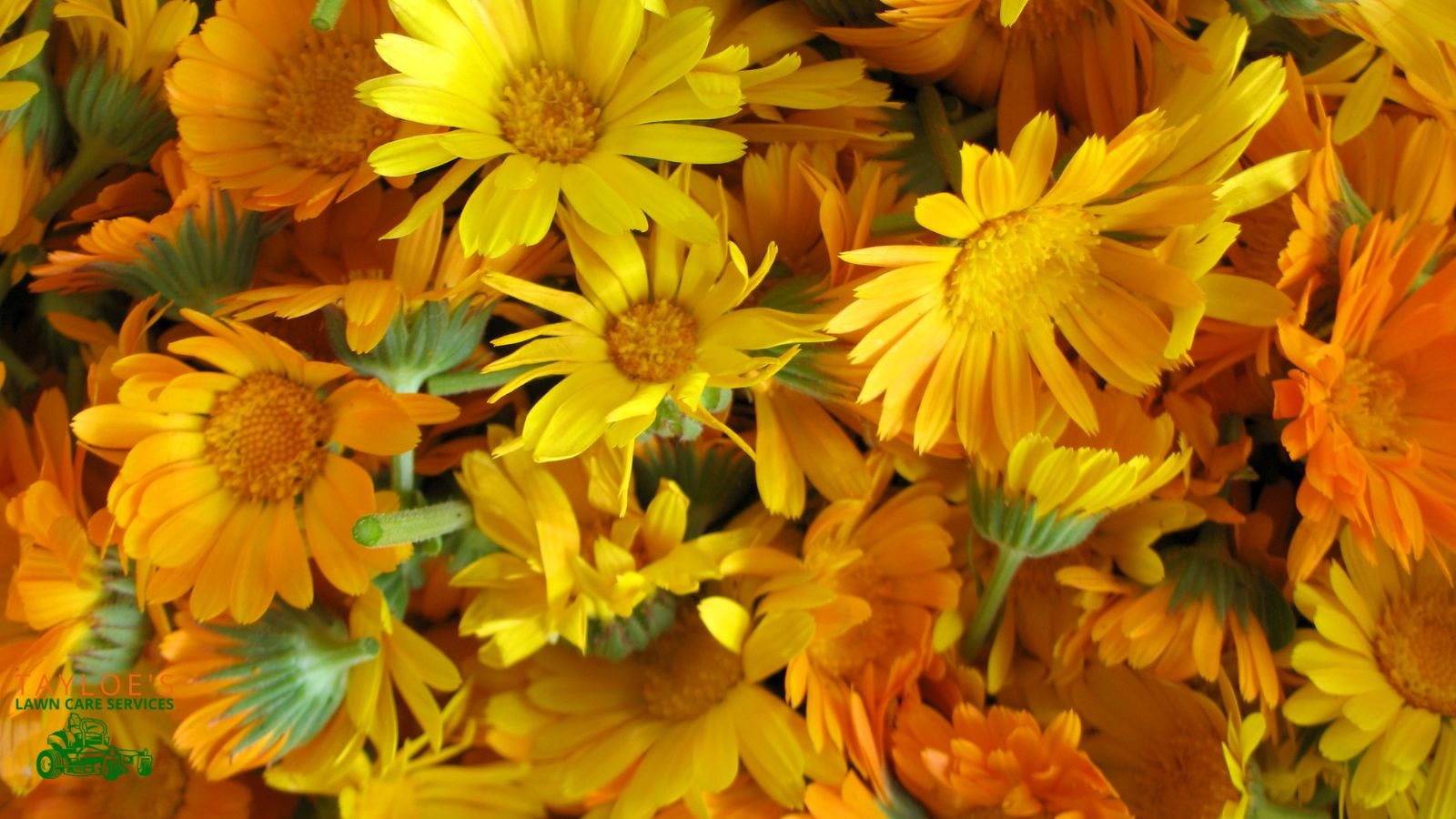
1. ‘Pink Surprise’
This calendula type is celebrated for its unusual pink-tinted ray flowers, which stand out in any vegetable garden or flower bed. The soft pink hue of its flower petals offers a unique contrast to the more common yellow and orange shades seen in other varieties. It’s perfect for gardeners looking to add a touch of pastel elegance to their collection.
2. ‘Radio’
Known for its distinctive ray florets, ‘Radio’ is a vibrant addition to any garden. Its flowers exhibit a fiery yellow-orange color with quilled petal shapes that add a dynamic texture to garden arrangements. The plants bloom prolifically, making it an excellent choice for those who want a consistent display of color throughout the growing season.
3. ‘Orange King’
A classic among common marigolds, ‘Orange King’ boasts bold, bright orange petals that bring warmth and vibrancy to a garden. This variety’s large, full flowers are ideal for cut flower arrangements or adding a striking focal point in the landscape. ‘Orange King’ is also well-suited to withstand light frosts, allowing it to bloom well into early fall.
4. ‘Yellow Empress’
As the name suggests, ‘Yellow Empress’ features stunning, rich yellow flowers that are a true delight in any setting. This variety’s blooms are particularly large and often feature double flowers, providing a lush, full appearance. It performs well in a vegetable garden where its bright flowers can attract beneficial insects, helping to keep pests at bay.
5. ‘Greenheart Orange’
If you’re looking for something different, ‘Greenheart Orange’ offers subtle shades of orange with a unique green center. These cream flowers with a touch of green make a lovely addition to any garden looking to showcase a variety of textures and colors. The semi-double blooms provide a layered effect, adding depth to flower beds or borders. This variety is also known for its culinary and medicinal purposes, making it a functional choice for herb gardens.
6. ‘Golden Princess’
A standout variety, ‘Golden Princess’ showcases bright golden-yellow flowers with distinctive lance-shaped foliage. This calendula cultivar is known for its long-lasting blooms, which hold their color well even in hot summer conditions. It’s a hardy choice that flourishes with afternoon shade and is ideal for gardens in colder regions.
7. ‘Indian Prince’
This variety is admired for its deep orange petals with darker undersides, giving the blooms a two-tone effect. The flowers are often used for medicinal purposes due to their high resin content, which is believed to have healing properties. The ‘Indian Prince’ calendula is robust and easy to grow, making it a favorite among gardeners who enjoy harvesting calendula seeds for replanting.
Harvesting Calendula Flowers
To harvest calendula flowers, choose a sunny morning once the dew has dried. Select flower heads that are fully open and vivid yellow or orange in color.
The harvested fresh petals can garnish dishes or add a vibrant touch to salads, while the dried flowers are ideal for making herbal teas or natural dye.
Growing Calendula Seeds
Pot marigold is easy to propagate. Put the calendula seeds directly in the garden or in containers. Once established, the plant often self-seeds, providing a continuous display year after year. You can also collect and store flowers’ heads to harvest your calendula seeds for future planting, ensuring a steady supply of this beautiful plant.
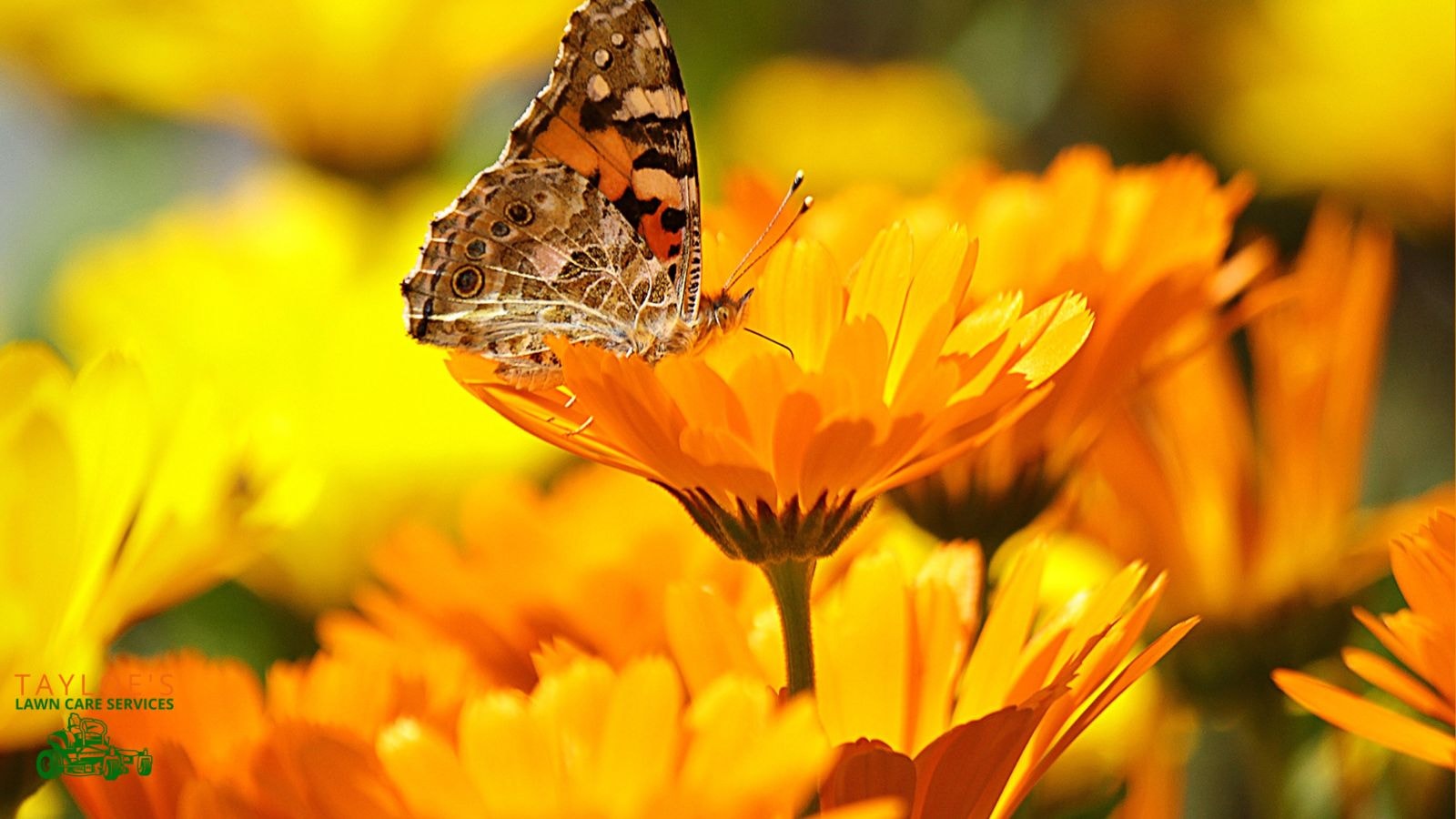
Potting and Repotting Calendula Plants
Growing pot marigold in containers is a great way to bring color to small spaces. Start with a quality, well-draining organic potting soil or a blend of garden soil and compost. Ensure your pot has good drainage to prevent waterlogging, which is crucial for calendula to thrive. Place your pots in a location that gets full sun but can handle light shade. Then, water regularly to keep the soil moist but not soggy.
Repot your calendula annually to provide fresh nutrients and more space for the roots.
Be sure to remove old blooms regularly to promote additional bloom of flowers. This encourages new growth and keeps the plants looking vibrant.
Expecting frost? Bring the pots indoors to protect them and extend the blooming season.
Common Pests & Diseases of Calendula officinalis
While pot marigold plants are generally robust, snails and slugs may attack them, especially in the early stages. Clear the ground of any debris to arrest the pests’ activities.
Need Landscaping or Garden Bed Advice?
Love this information about calendula? Then turn your garden dreams into reality with Tayloe’s Lawn Care Services. Follow us on Facebook for more gardening inspiration, tips, and updates. Let’s grow something beautiful together!
Author Profile

- Maureen Abuor
- Maureen Abuor is a professional content marketing strategist and SEO strategist, with particular knowlege of creating landscaping and gardening content that informs and delights her audience. When she's not working, she's a busy mother of three precious little ones and child of God.
Latest entries
 Lawn CareApril 29, 2025Best shady area grass seed for Eastern NC
Lawn CareApril 29, 2025Best shady area grass seed for Eastern NC GardeningApril 15, 2025How do I make organic soil for the garden?
GardeningApril 15, 2025How do I make organic soil for the garden? Flower GardenMarch 7, 2025What are wave petunias?
Flower GardenMarch 7, 2025What are wave petunias? Flower GardenMarch 3, 202520 Full-sun annuals for your spring and summer garden
Flower GardenMarch 3, 202520 Full-sun annuals for your spring and summer garden






